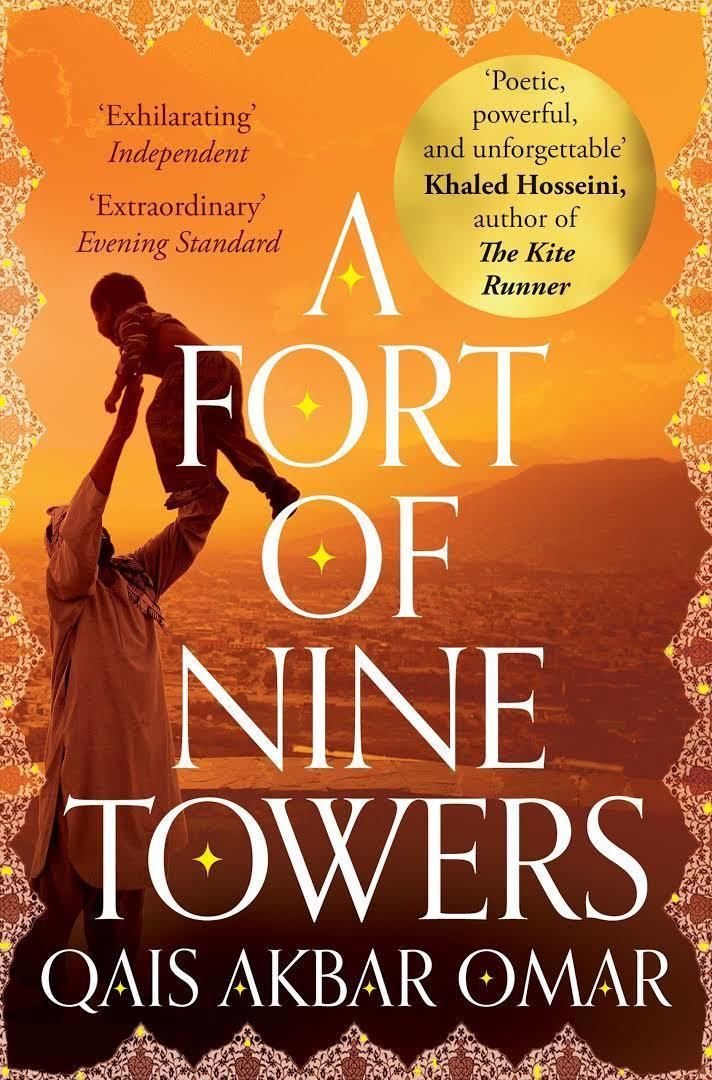8.8 /10 1 Votes8.8
4.4/5 Pan Macmillan Language English Originally published 2004 ISBN 9781447229827 | 4.4/5 Goodreads Country United States | |||||||||||||||||||||||||||||||||
 | ||||||||||||||||||||||||||||||||||
Similar Haydn and the valve trumpet, Midnight in the Garden of Evel K, Brothers Under the Skin: Trav, In Defence of T S Eliot, The Art of Science: A Natural H | ||||||||||||||||||||||||||||||||||
The world a fort of nine towers excerpt
A Fort of Nine Towers is an autobiography by Qais Akbar Omar. It is based on the sufferings of the people of Afghanistan during the present war in Afghanistan. It was first published in 2013 by Farrar, Straus and Giroux, New York. Qais, the author of A Fort of Nine Towers, reveals that his work is actually inspired by the works of Khaled Hosseini. It is a non-fiction work, and tells us the author's story in war-bound Afghanistan and how he survives it. The author recounts his childhood memories. The book has received positive reviews from critics. As the author's young life coincided with the war era in Afghanistan, there have been vivid descriptions of the conditions prevalent in that time.
Contents
Storyline
Qais Akbar Omar, the author, starts off with describing the old days before the Taliban and the Mujaheedin moved in Afghanistan. He says he had always loved his grandfather, who was an educated scholar and loved to read "Afghanistan: In the Path of History" by Mir Ghulam. One night, the entire town of Kabul suffered power outage. The author and his family could hear cries of "Allah-u-Akbar" from far away reverberate in the ears as if he had already heard it before. They have no idea of what it was actually going to turn out to be. In a confused state of manner, Abdul, Qais's father, jumped out of the home and joined the people. It was soon clear: they were all revolting against the Soviet intervention in Afghanistan. Little did they know what they were up to; they in fact asked for the Mujaheedin to arrive and drive out the Russians. The author describes, "I had expected to see heroes in uniforms and shiny boots. But they were dressed like villagers in black turbans, the traditional baggy pants called shalwar and the long, tunic-like shirts called kamiz. The very next day, they could hear the rockets firing, roaring above their homes. The roads were stained with the people's blood. Windows and glasses had broken because of the tremendous amount of noise by firing. The Mujaheedin were not the so called "holy warriors" as the people had thought them to be. They were criminals, and instead of helping the people, they looted them. After a few days, fighting between the various factions took place. There were snipers equipped with guns in the Kob-e-Aliabad mountains that shot anyone who ventured out alone. Finding it too difficult to stay in their old house, they decide to move to their father's good friend, Haji Noor Sher's home. It was the Qala-e-Noborja across the Sniper mountains, a relatively calmer and peaceful place to live in. They decide to leave Qais's cousin, Wakeel and grandfather behind in the other part of the city. The courtyard was quite luxurious.
Characters
Critical reception
Qais's debut novel A Fort of Nine Towers have received mostly positive reviews. Critics all over the world have praised the author's sense "to weave the story". Stephenie Foster from the Huffington Post described it as:
"Whether you've read other books about Afghanistan, or not, A Fort of Nine Towers is worth your time. It documents a riveting and chaotic time, and gives you a sense of what it was like to be there.".
Rachel Newcomb, for the Washington Post posted,
"The daily struggles of Omar’s family to survive endless war, hunger and poverty demonstrate the remarkable ability of human beings to love and support one another despite the dire conditions in which they live.".
